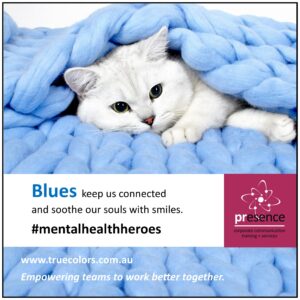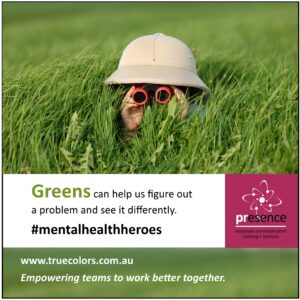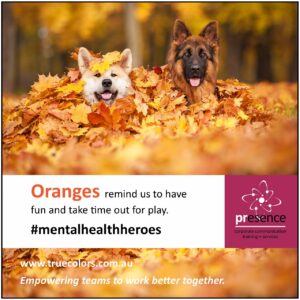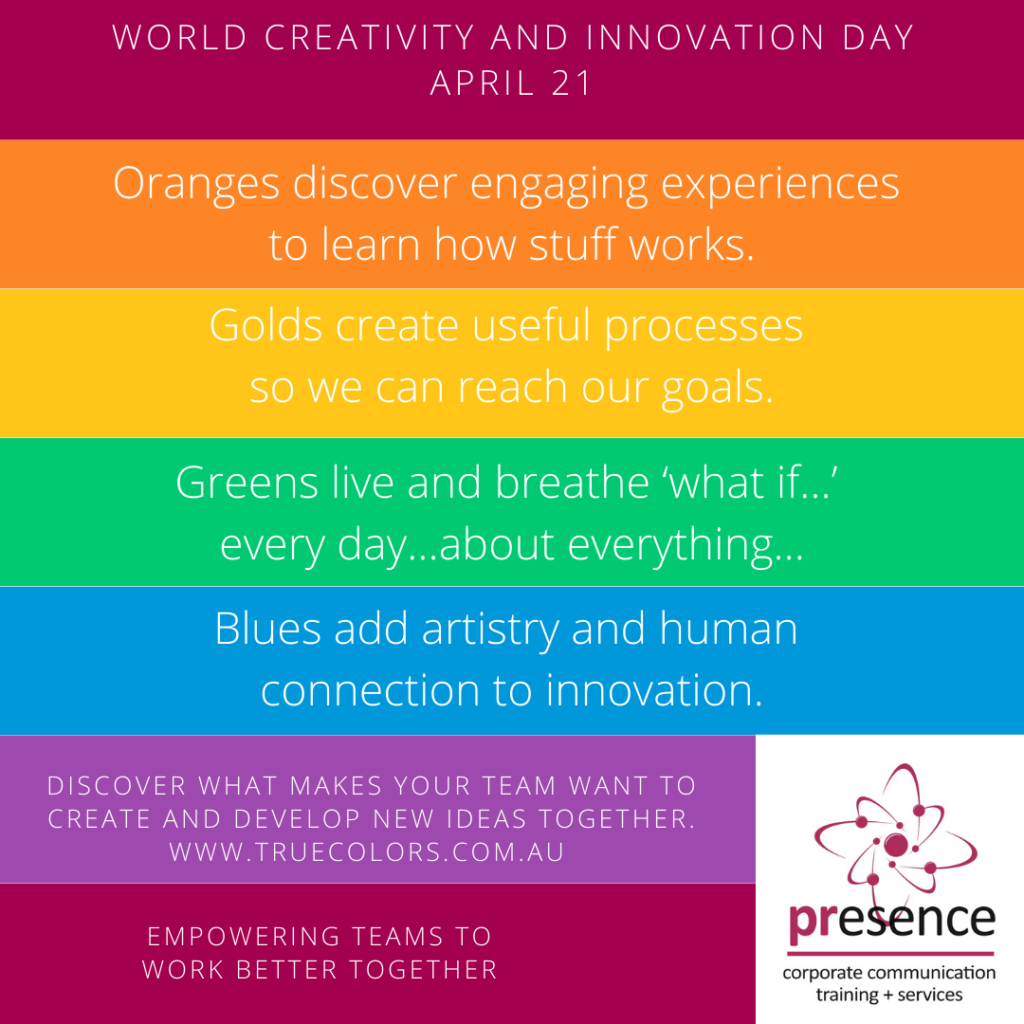The Power of the Pitch when Your Fears are Ditched

Put yourself in the spotlight with these practical pitching and public speaking tips.
Whether it’s to a board of directors or a panel of peers, pitching new ideas in person is not for the faint-hearted.
Public speaking nerves often arrive with some unpleasant side effects – shakes and wobbles, nausea, bladder uncertainty, tickly throats… to name but a few.
It’s no wonder that speaking in public continues to rank highly in annual lists of human fears and phobias.
According to a Harris-Prezi survey reported in Forbes, 20 percent of professionals said they would do almost anything to avoid presenting, even if it meant risking workplace respect and reputation.
It’s even made the knees tremble and the palms perspire for legends like Warren Buffet and Mahatma Gandhi.
Forbes contributor Carmine Gallo said:
“Buffett once told a class of business students that he would pay anyone in the room $100,000 for 10 percent of their future earnings. If they were good communicators, he would raise his bid by 50 percent because public speaking would make his ‘investment’ more valuable.”
Buffet himself used to avoid college courses that required speaking in front of the class. But he faced his fears and now he’s known as one of the richest humans on the planet.
Gandhi suffered from panic attacks, even deserting his first case as a lawyer before a judge because he felt humiliated about not being able to ask a question.
But his passion and purpose helped him to overcome his public speaking anxiety and achieve greatness. One of his strategies was to stay under the spotlight for the shortest amount of time, packing powerful meaning into his legendary pithy statements.
Here are five indisputable reasons why you should learn how to manage public speaking nerves:
- Speaking confidently in public is a highly regarded professional skill, boosting your employability and promotion prospects.
- With so many people avoiding the deed, you’re already ahead of the pack.
- As a leader, pitching is an absolute necessity if you want your ideas to be known, accepted, acknowledged, shared, followed through and be generating value.
- When people hear and see you in action they remember you as more than a name on page; you’re visible, real and memorable, which builds your credibility and reputation.
- Under the spotlight you’re in a powerful position to inspire change.
And here are five proven ways to turn your fears about sharing your ideas into powerful pitching prowess:
1. Know thyself
When you understand what’s really causing you to want to chicken out of a pitching, presenting or public speaking situation, and you plan how you can address those fears, you will feel more confident about speaking in front of an audience and believe in your own ability to change the audience’s understanding of your topic and achieve your goal.
How your body expresses and deals with nerves is not necessarily the same as what others experience. When you can identify your own signs of speaking stress and know what helps you manage your nerves, you can prepare for them and mitigate the negative effects.
2. Challenge and change the negative self-talk
Nerves are what you feel when fear-generated adrenaline is pumping through your body. It’s a free form of energy you can actually exploit to give your enthusiasm and passion extra volume.
Instead of thinking of nerves as a threat to being able to achieve a goal (persuade others that your ideas, products, and analysis have value), think of ways to use it to your advantage. A University of Rochester psychology study found that encouraging people to reconsider symptoms of performance stress as ‘natural and helpful’ was an effective mechanism for dealing with stage fright.
3. Remember, it’s not about you.
It’s easy to forget why you’re in the spotlight, why people will be looking at you and expecting you to make it worth their while listening.
Do your research and find out what matters to them; don’t assume they’ll share your understanding of the underlying science, math or philosophy; be clear about what’s in it for them and their interests, not just you and yours.
Stay focused on the benefits for them: you have something to say that can enrich other people’s lives. You might have the gold they’re seeking to make money, save money or save the world. You’ve got something the audience wants or needs. And they have something you want or need: money, support, trust, faith, cooperation, approval.
If you allow nerves to distract you, no one is going to gain anything.
4. Plan for impact
Another critical way to reduce uncertainty (and thus fear and nerves) is to plan your pitching and public speaking for maximum impact. Focus not only on what you want to convey, but also when.
Most pitching opportunities have specific and rigorously monitored time limits, so every word, gesture and movement has to count towards your goal: to persuade the listener that your idea has power. Stick to the main concepts and benefits, and don’t waffle.
Investor pitches, for example, follow a tight format whether it’s 30 seconds, five minutes or an hour to get the idea across. There are specific items they expect to hear, so make sure you cover at least the main ones – what’s the problem you’re solving, how big is it, why does it matter, how your idea will make a difference, and what you need to make that happen.
Stanford Graduate School of Business lecturer and author of No Freaking Speaking, Matt Abrahams, says “Don’t wing it. People retain structured information up to 40 percent more reliably.”
5. Prepare for success
Never underestimate the time it will take to plan, prepare and practise for a powerful pitch. As Mark Twain apparently said: “It usually takes me more than three weeks to prepare a good impromptu speech.”
Preparing for performance success is more than just practising the words to accompany a slide deck. Reducing uncertainty ahead of time really helps with overcoming internal negative dialogue. Find out as much as you can in advance about how the room will be set out; the technology you’ll be using; the kind of questions you might be asked; and even what you should wear.
Don’t let the technology let you down – if you’re pitching in person, find out beforehand what the room is like and whether your version of PowerPoint, Keynote or Prezi is compatible with the system provided so you are slick not slow when you start.
If you’re recording a pitch, find out what formats to use, and take as many ‘takes’ as you need to make yourself look and sound confident as well as meet the criteria before uploading the file.
Prior preparation prevents poor performance and powers up your pitch. It also gives you plenty to think about instead of your nerves.
These are just a few of the 150+ pitching and public speaking tips included in my book Chicken In – ditch the nerves and pitch the power. You can order a hard copy via this link or if you prefer an e-book version, it’s available on Amazon for Kindle readers.
This article first appeared in the February 2022 issue of Human Capital Leadership.
Tap back to Communisence for more practical tips





